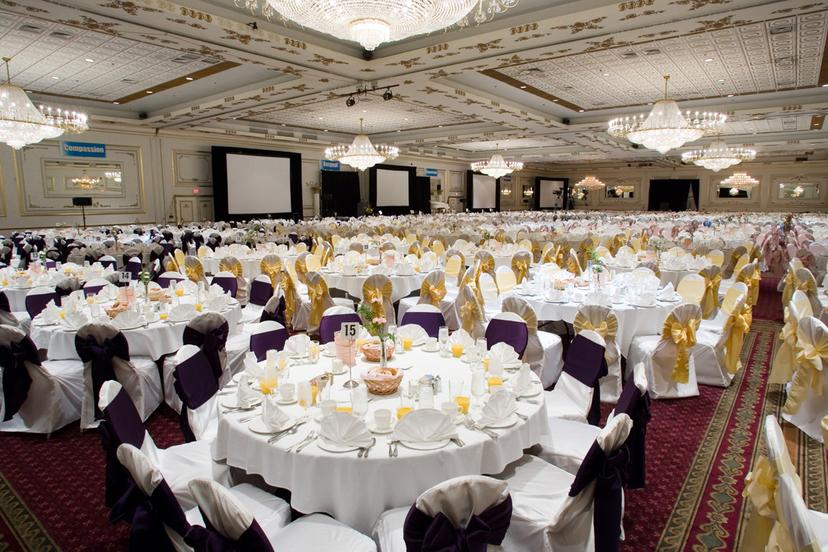Event Planning

Structure
The taxonomy used by the federal government to classify industries lists one called convention and trade show organizers, but this is too specific to include all the different kinds of event planning. A better way to understand event planning is by looking at the main occupation involved in this kind of activity: meeting, convention, and event planners. In 2018, this occupation employed about 134,000 salaried workers, according to the Department of Labor. About 8 percent of meeting, convention and event planners are self-employed.
Of the industries classified by the federal government, accommodation and food services—in other words, hotels and motels—and related services employed about 11 percent. Many of these establishments earn a large share of their revenue from hosting meetings, conventions, and other events. People who come to these events often stay overnight, rent meeting rooms, and use the restaurant or catering services; therefore these establishments find it profitable to keep a meeting, convention, and event planner on staff.
About 19 percent of workers in this occupation are employed by the industry known as religious, grantmaking, civic, professional, and similar organizations. America must be a nation of joiners, because this industry includes thousands of establishments identified as civic and social organizations, business associations, social advocacy organizations, professional organizations, and other kinds of organizations. Many larger organizations of these kinds have one or more staff members whose primary function is to organize meetings or conventions for the membership, or for a larger audience they may organize political rallies, meet-the-candidate events, press conferences, or civic parades.
On the other hand, many of these organizations are too small to employ a meeting or convention planner, even on a part-time basis, and instead they contract out the work to service firms that specialize in these kinds of planning. These businesses belong to the specific industry called convention and trade show organizers, part of a larger industry known as other support services, which employs a small percentage of meeting, convention, and event planners.
Event planners also work for colleges, universities, and professional schools; these institutions often host gatherings such as academic conferences and reunions of graduates. Businesses that promote the arts, sports events, and similar activities also employ event and meeting planners. Museums frequently encourage groups to attend for lectures and exhibitions; stadiums also are happy to host groups, and it's not uncommon to see the names of organizations in attendance appear on a stadium's giant screen during a game. Meeting, convention, and event planners are also employed by various other amusement and recreation services, such as golf courses, skiing facilities, and bowling centers; like the stadiums, these establishments encourage visits from groups.
Local governments also employ these workers. Cities and towns often need to hold hearings, meet-the-public events, and press conferences. Meeting, convention, and event planners also find work with businesses that offer various other personal services. The overwhelming majority of these establishments do wedding planning; these include wedding chapels.
Businesses that offer event-planning services have different ways of setting the fees. Some charge a flat fee for all events or for each component of an event. Some base their fee on the size of the event, charging either a percentage of the budget or a per-attendee fee. Some charge an hourly rate. Many use a mix of these methods. Meeting venues such as resorts, as well as transportation providers, are sometimes willing to pay a commission to a planner for steering clients in their direction, but many event planners consider it unethical to accept both these payments and fees from clients.
Specialized planning service firms tend to be small. Many consist only of a proprietor or partners who are planning professionals, plus perhaps a small administrative staff.
